From road side stalls to Michelin star restaurants, menus are essential to every food establishment. Acting as a bridge between a chef and their customers, menus allow restaurants to showcase their offerings and establish their brand.
With diners spending an average of less than two minutes scanning through their options, it is necessary to make a lasting impact at first glance.
6 Ways to Improve Menu Design
1. Layout
Before a customer delves into your restaurant’s offerings, the overall aesthetic of the menu is one of the first impressions your restaurant will have on your guest. Organising your menu helps to prevent diners from feeling overwhelmed. This can be easily accomplished by dividing your menu into logical sections and utilising accents and boxes that go with your overall theme. Highlighting best selling products or specials with decorative frames helps readers to focus and decreases likelihood of price scanning. Making use of negative space in the design is also helpful in giving diners a space to breathe and rest their eyes, preventing information overload.
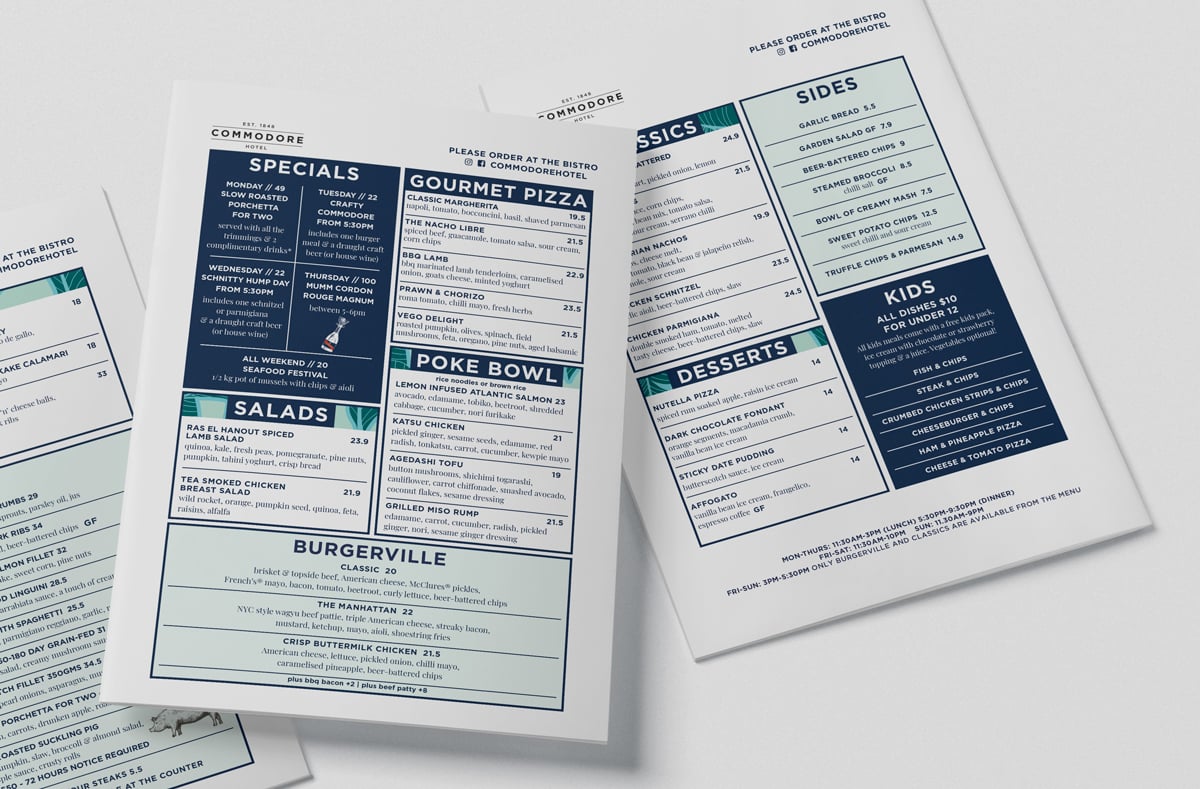
2. Images
Depending on your branding, you may choose illustrations over images or perhaps, none at all. When it comes to pictures, it is crucial that you use high quality photos; hire a professional photographer to take them for you. It is better to not use any pictures than low quality ones. Images should also be used sparingly, stick to one or two of your best-sellers. Even if you decide not to use the images for your menu, it is useful to have high resolution shots on hand, which can be used as content for your social pages or for press.
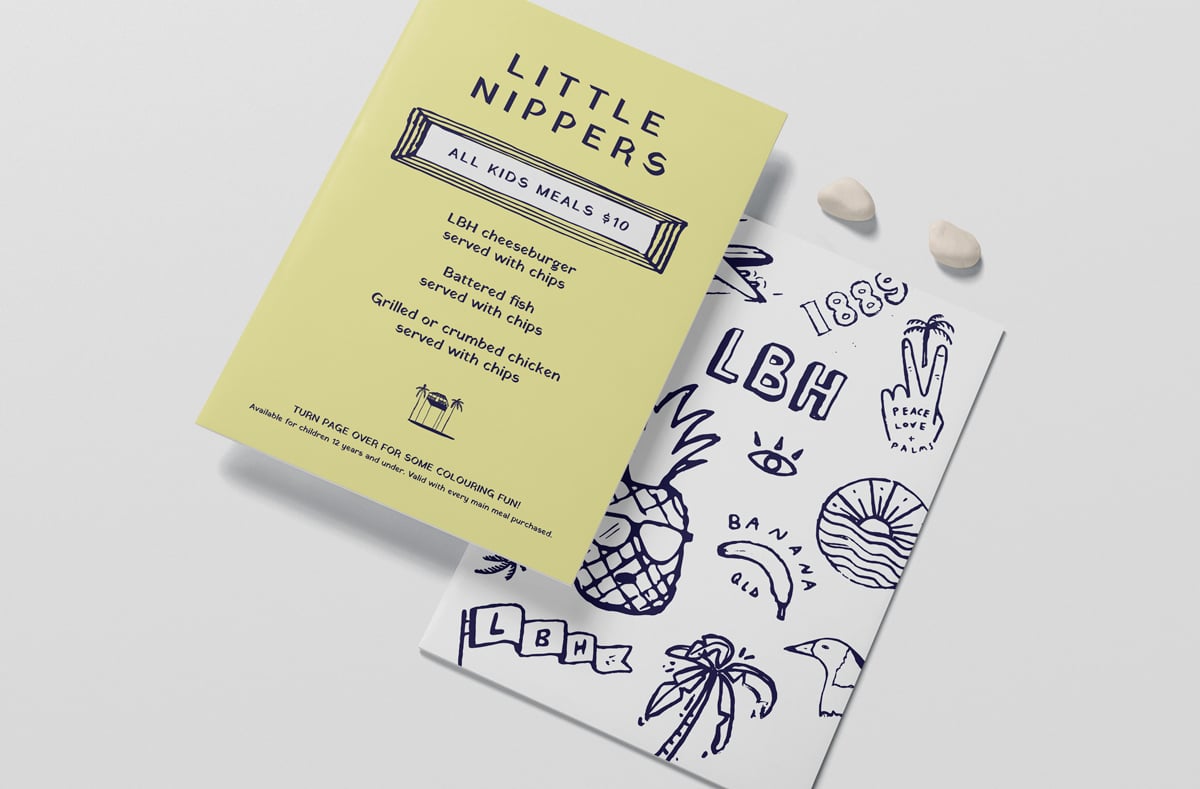
3. Typography
Typography is the style and appearance of the text on the Menu. One of the most important factors in menu design, you should aim to use no more than three typefaces so that the menu is visually cohesive and not confusing for your patrons. A good choice of typeface is one that is clear and able to communicate your brand's personality, so be selective. Make sure to also pay attention to your font size. Not having to whip out their reading glasses or cell phones to read your menu is sure to provide a better dining experience for your customers.
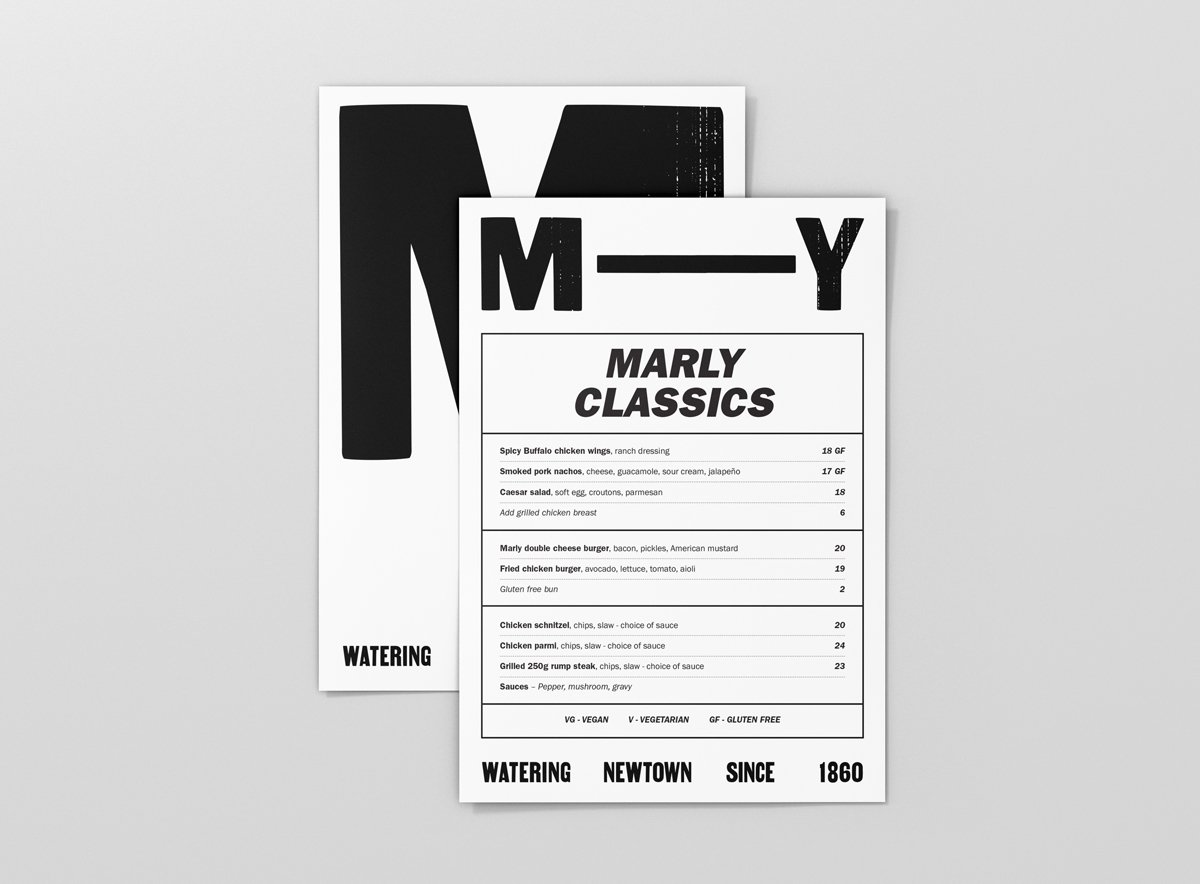
4. Descriptive Copy
Writing a descriptive copy is more than just listing your ingredients. It’s a way to entice customers to try your dish while helping them understand the concept behind each item. You can use descriptive copy to highlight the qualities of your ingredients – how they are prepared, where they are from, or whether they are exclusive to specific seasons. Descriptive language helps your diners better understand their orders and develop an appreciation for your creations.
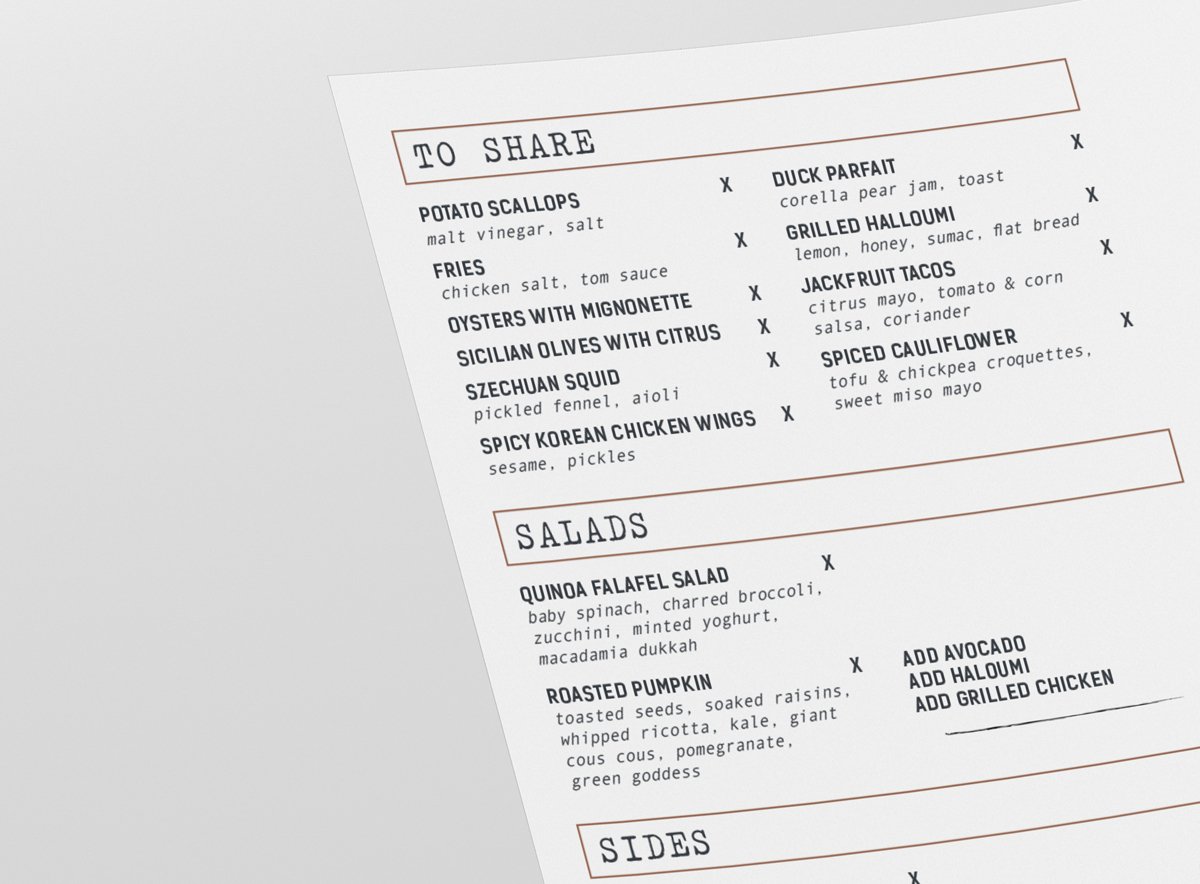
As consumers become more concerned with food options and dietary requirements, menus can start to look complicated. Simplify your menu by using icons or symbols to indicate if there’s something special about the dish so that it is easier for diners to find what they’re looking for. A set of well crafted icons not only saves space on your menu, but also reduces time on both the wait staff and diner. Choose or design a set of icons that matches your overall theme in terms or colour, placement and design. Great icons will be easily identifiable and understood by customers, without the need for elaborate explanations.
For example: Gluten free - GF Vegetarian - VE Vegan - V
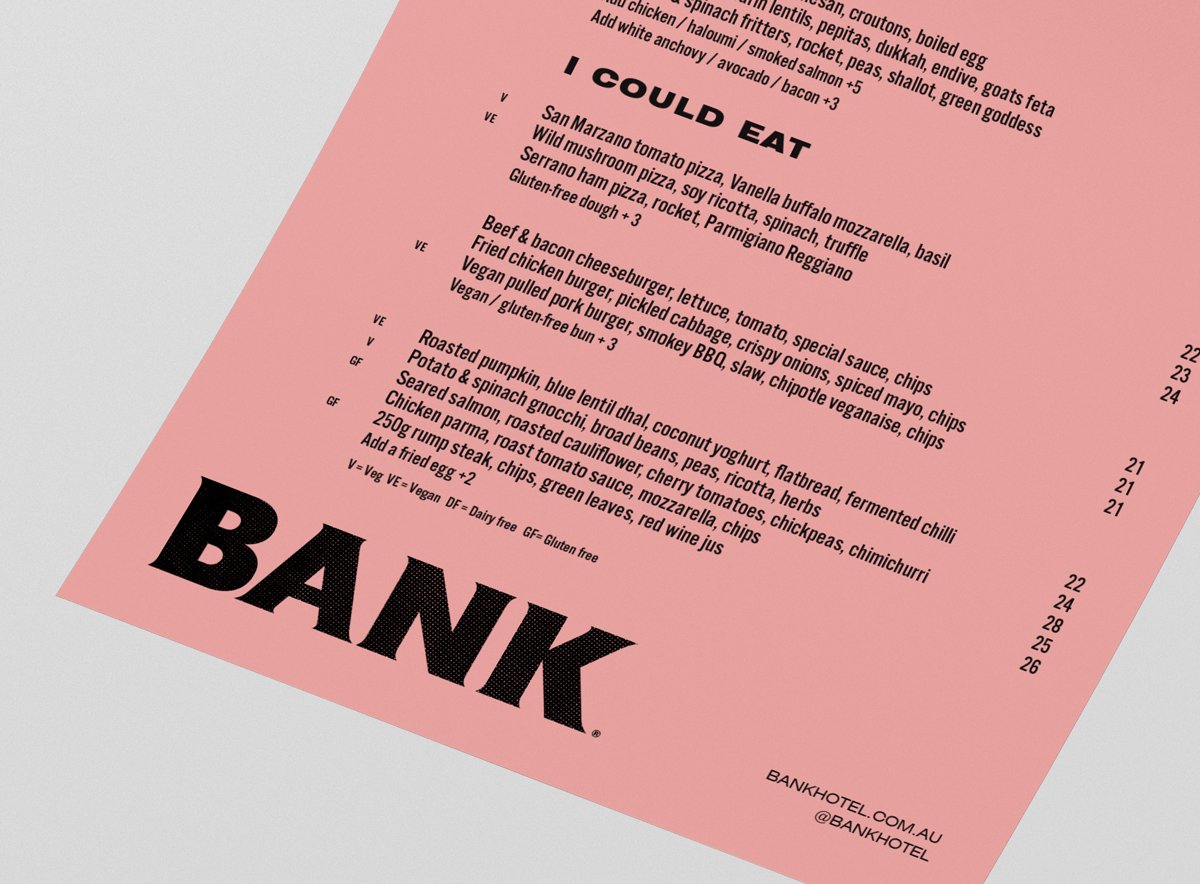
6. Limiting Items
More choices do not make your menu better. In fact, limiting the number of dishes is beneficial for both the customers and the restaurant. Diners are already spoiled for choice when it comes to choosing a place to dine at; having fewer items to choose from means spending less time spent stressing over what to order and more time to enjoy their dining experience. Similarly, this will enable the restaurant to better manage their stock, reducing complications and producing less wastage. As a rule of thumb, 7 is the optimal number of dishes one should have per category. To make it even simpler for your guests, you can cue choices, indicating popular or recommended dishes - when uncertain, customers will usually act on what is perceived as the best choice.
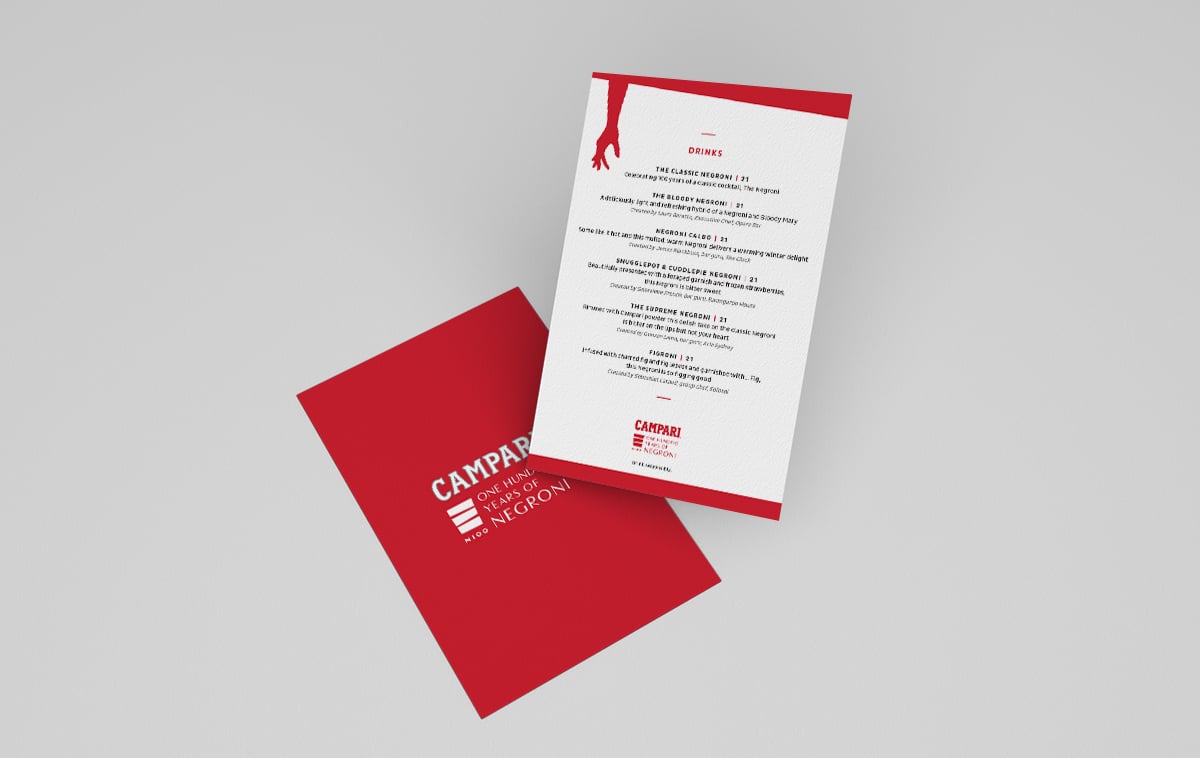
A well designed menu can have a great impact on the overall dining experience, allowing diners to feel more informed and satisfied as your guests. Try following some of these tips to create the perfect menu for your restaurant.
BONUS TIP: The actual feel of the menu is just as important! Using clipboards or thicker paper, perhaps even cloth changes the sensory perception of the customer, further enhancing your brand.
SDS did not design all above menus but all menus have been in some way worked on by SDS.
• • •
Get in contact with us and we’ll help you design the right menu or update your existing menu!





